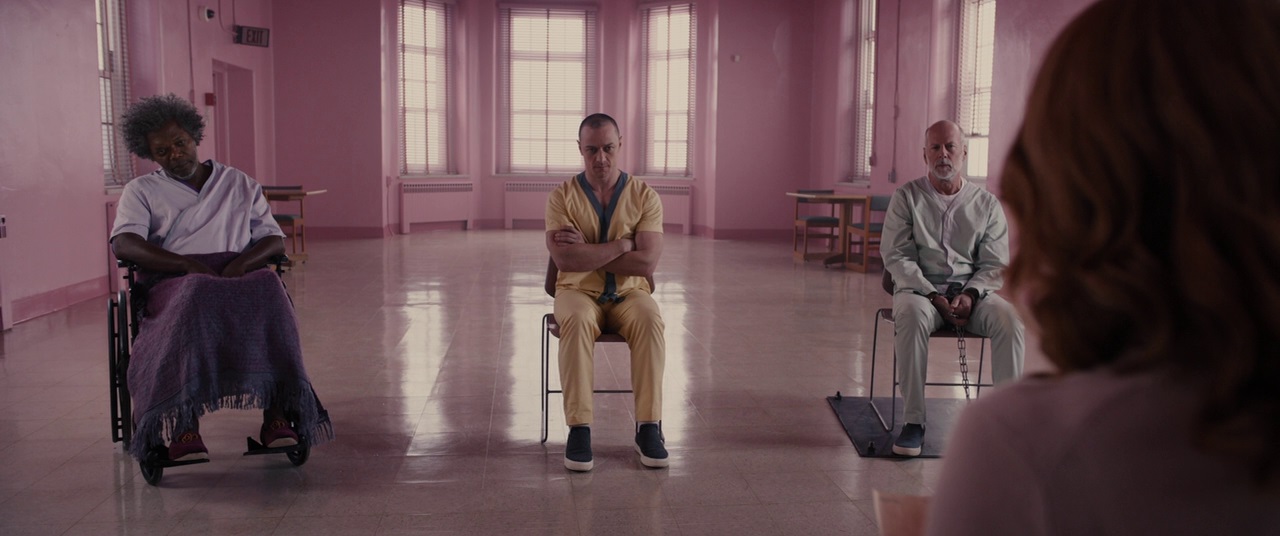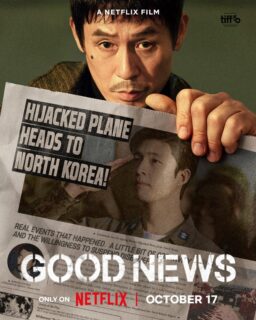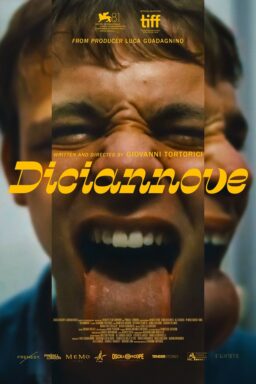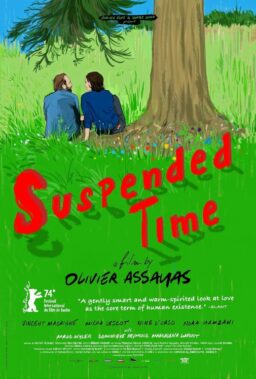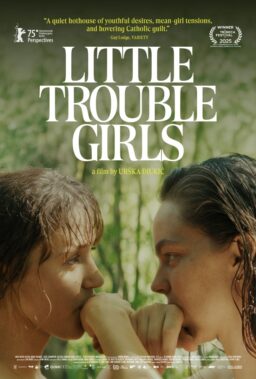A lot of people love comic books. A lot more people love comic book movies. Over the last decade, the two things have evolved in myriad ways, the latter becoming an entity of its very own that feels surprisingly removed from the source material it pulls from. Though shows like “Wandavision” or “Loki” function as contained comic arcs themselves, and each film in the Marvel Cinematic Universe functions as its own contained arc before leading us into a Crossover Special like “Avengers: Infinity War,” there’s little unique vision to be found within. It all functions as a part of a grander scheme, with originality sacrificed for the vision of a studio that wants consistency.
But then something like “Glass” comes along.
With his 2019 feature, M Night Shyamalan provided the closing chapter to a trilogy he started nearly two decades ago with “Unbreakable” and continued just a few years back with “Split.” As much as it postures as the end of a trilogy, it remains, through and through, an origin story: the dawn of a new era of super-heroism in the face of death.
“Glass,” in every way, is a film that is primarily interested in exploring the stories we tell and how we tell them. Shyamalan not only looks at the power dynamics that come with the insertion of heroes into a story, into a certain reality, but how the surrounding world reacts to those beings. Like many before him, he is interested in exploring the notion of what a superhero is, constantly challenging the audience and characters alike on whether or not superheroes are anything more than the evolution of humanity.
In the final moments of “Glass,” it is revealed that Elijah Price (also known as the supervillain mastermind who goes by “first name, Mister, last name, Glass”) has livestreamed the grand showdown between David Dunn (the reluctant hero of “Unbreakable”) and The Beast (one of the personalities of Kevin Wendell Crumb, a young man with dissociative identity disorder that we first met in “Split”). This livestream has been saved, posted, and sent around, after the three protagonists were snuffed out by Dr. Ellie Staple, a being of unknown power whose sole purpose was to maintain a status quo on Earth (or, on a possibly grander scale, in this multiverse), avoiding a world in which heroes are self-aware. This livestream, serving as a New Testament in a world that has moved beyond comic books and, if I may joke, “pivoted to video,” is undeniable proof that heroes exist. It is a record of man evolving into more than “man,” surpassing their limitations, and the leftover supporting cast, some of whom are heroes in their own right, hope to use it to bring more heroes to the surface.
In some ways, Shyamalan’s trilogy feels like the start of an “X-Men” comic; a prequel and origin story to the start of a universe where Casey, Joseph, and Mrs. Price serves as Professor Xavier to a new community of mutants. Casey Cooke (an empath whose touch and mere presence can cause a shift in emotion, a Jean Grey who can tame a Logan, if you will), Joseph Dunn (a tech expert whose services to David, the series’ stand-in for Batman, are comparable to Barbara Gordon’s Oracle), and Mrs. Price (a stand-in for Aunt May or Martha Kent, if they raised a Lex Luthor type instead of Peter Parker or Clark Kent) are the ones who make it out alive. Their strengths go unseen by the forces interested in stopping the rise of heroes, and their mere existence and decision to find more heroes in the film’s final moments feels like a good-old “f**k you” to Staple and her cohorts, a seemingly alien police force dedicated to stopping the rise of heroes.

Reading this makes it all sound so far-fetched, so silly, but that’s exactly what comic books have always been; Shyamalan isn’t so far removed from the early works of Jack Kirby or Stan Lee. “Unbreakable,” “Split,” and “Glass” (or the “Eastrail 177 Trilogy”) feel tied to the kind of work that Kirby was doing with something like New Gods. Grant Morrison aptly gets into the thesis of what Kirby aimed for with his storytelling in their book Supergods. When discussing the character Orion, they write that “his life dramatized debates of nature versus nurture, good versus evil, youth versus age, tyranny versus freedom.”
“Kirby told us that humanity’s better nature would inevitably prevail. That was the story, and we all knew it deep in our hearts. Kindness and understanding could turn even a demon into a holy warrior,” they continue. If one were to remove Kirby’s name from the quote, Shyamalan’s name would fit in comfortably. This link goes down to criticism of the two, with Morrison noting that Kirby’s “dialogue was and is still mocked for its lack of naturalness and conversational flow, as if those dull virtues could ever produce anything as expressive or powerful as Kirby’s creativity in full spate.”
A number of Shyamalan’s films, including his most recent “Old,” have been critiqued for the same flourishes, but they’re part of what has always made his brand of storytelling so interesting. He is earnest to a fault, with all his philosophizing and genre playfulness always being in service of simple human stories. With “Glass,” he takes the core principle of “good versus evil” and challenges the audience to question who fits into what category. Is a character like Kevin Wendell Crumb truly evil, or simply someone led astray? Is Elijah Price purely villainous, or is there a hint of goodness in him to be found? Heroism could exist in the worst of us, but how does one manage to shout that to the world and find more heroes? By communicating it.
In an interview, Grant Morrison explained their approach to heroes “was to try and find the root of them and build them back up and bring out the heroism again.” To some extent, Shyamalan seems preoccupied with the same concept; it’s less about deconstruction and more about creating something magical within the mundane. This is especially obvious with “Glass,” which takes a contained location, a contained story, and blows it up into something spectacular for the whole world to experience.

The muddiness of the world is tossed aside in favor of highlighting color, with extreme attention paid to the way comics, subtly and not, use different hues for the sake of symbolism. The colors purple and green have been present since “Unbreakable” and yellow was carried over from “Split,” with the three coming together in Glass (and the film even ending with those three colors being passed down to the surviving characters). As Shyamalan explains, “As the characters believe in the comic book world the primary colors in the film become more dominate. As they stop believing, they fade to a monochromatic world. The pink room where they do therapy is pink, red fading to white, bec this is where they stop believing.” [sic]
It isn’t just in the color but in the way that Mike Gioulakis — maybe the most inventive cinematographer currently working — helps transform a psych ward into the kind of stage set for a world-shattering experience. The way he plays with framing and empty space feels like the panel of a comic book, ready for a speech bubble to appear with a monologue. Every close-up on Kevin’s face, cycling through personalities, is a reflection of how a minor difference in the drawing of a face can change a character’s entire persona on the page. Its set pieces are intimate, forcing the viewer right in the middle of the action. A character sprinting across the screen in 2.39:1 isn’t so much different than a wide panel at the top of a comic book, a static body moving across as a signifier of motion.

But most fascinating is the way that the film (and arguably much of Shyamalan’s career as a whole) actively considers what it means to create this art, to bring these stories to life, to be someone directly involved in the mythmaking we fawn over. Shyamalan doesn’t break the fourth wall in “Glass” like he previously did when casting himself as a visionary writer in “Lady in the Water,” or even like Morrison has in the past (their run on Animal Man climaxing with the comic’s protagonist discovering and conversing with Morrison about the way reality and fiction intersect). Instead, he does so subtly through visual cues. Take the way Casey flips through a comic book only to find herself confronted with how The Beast is depicted in it, or how her face is reflected off a screen when watching security camera footage of him. What she sees on screen is a distortion of the truth she knows, but it is precisely what the author intended for the world to see. But Shyamalan knows that, in our current time, stories are no longer limited to the pages of comics.
Elijah Price always noted how the world needed to bear witness to good and evil, and rather than use the pages of a comic book, the storytellers here weaponize the surveillance state we currently live in. Gioulakis and Shyamalan are hyper-aware of the way video recordings and screens play into how we ingest and spread myths and stories. Word of mouth used to be enough, in a world of limited accessibility where pages and film prints only went so far. It isn’t even much of a stretch to consider Staple and her cohort of presumably alien overlords something of a Disney-ish monstrosity. As the Marvel Cinematic Universe takes over everything, only telling the stories that are approved by committee while burying any original voice, so does Staple attempt the same.
But myths have leapt off the page and onto the screen, unable to be contained to just one voice. The inception of the internet and its endless stream of passing videos along has come at the detriment of those who are unable to keep up with the times, be that the storytellers of a time long past or the aliens that seek to keep these stories under wraps. M. Night Shyamalan’s “Glass” posits a world in which the same humans that pass these stories along can be superheroes, bringing them closer to home than any comic book movie in recent years.
